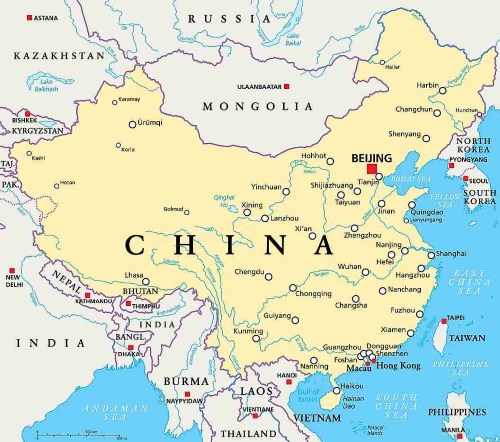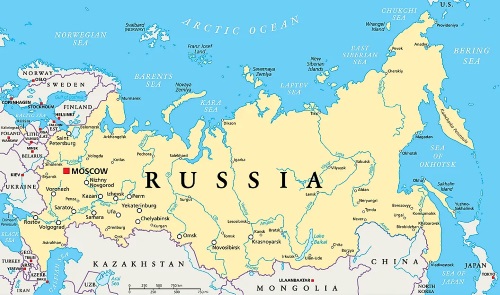Which country has the highest number of neighbouring countries in the world?
According to the World Atlas, China and Russia both share their land borders with 14 different countries, making them the most connected nations in terms of international boundaries.
This is largely due to their vast land areas and strategic geographic locations. China, situated at the heart of Asia, borders countries ranging from India and Pakistan in the south to Russia and Mongolia in the north. Russia, the largest country in the world, stretches across Europe and Asia, sharing borders with countries like Ukraine, Kazakhstan, and North Korea.
Beyond these two giants, several other countries also have extensive borders. Brazil and Germany, for example, each share land boundaries with nine nations, while France, Sudan, and the Democratic Republic of Congo (DRC) border eight. These extensive borders shape trade, diplomacy, security, and regional influence, making them crucial to global geopolitics.
In this article, we will look at China and Russia, which have the highest number of international borders and have an equal number of neighbouring countries
1. China—14 Bordering Countries
Map of China and Its Borders

Source:worldatlas
1. Afghanistan
2. Bhutan
3. India
4. Kazakhstan
5. Kyrgyzstan
6. Laos
7. Mongolia
8. Myanmar
9. Nepal
10. North Korea
11. Pakistan
12. Russia
13. Tajikistan
14. Vietnam
China, the second-largest country by land area, shares its borders with 14 sovereign states. To the northeast, it borders North Korea and Russia. To the north, it shares a boundary with Mongolia. To the south, it has borders with India, Bhutan, and Nepal. To the southeast, China shares boundaries with Vietnam, Laos, and Myanmar. To the southwest, it is bordered by Pakistan. To the west, it shares borders with Afghanistan, Kazakhstan, Kyrgyzstan, and Tajikistan.
Additional Border Facts
- Apart from its land borders, China shares a 3-kilometre-long border with Macau, a former Portuguese territory until 1999.
- It also has a 30-kilometre-long border with Hong Kong, a former British territory.
- Hong Kong and Macau are now Special Administrative Regions (SARs) of China.
- China has the longest system of land borders in the world, covering 22,117 kilometres.
2. Russia—14 Bordering Countries
Map of Russia and Its Borders

Source:worldatlas
1. Azerbaijan
2. Belarus
3. China
4. Estonia
5. Finland
6. Georgia
7. Kazakhstan
8. Latvia
9. Lithuania
10. Mongolia
11. North Korea
12. Norway
13. Poland
14. Ukraine
Russia, the largest country in the world by land area, has a total border length of 20,241 kilometres, making it the second-longest land border system globally. To the south, it shares borders with North Korea, Mongolia, China, Georgia, Kazakhstan, and Azerbaijan. To the southwest and west, it has boundaries with Ukraine, Estonia, Belarus, Latvia, Lithuania, Poland, Norway, and Finland.
Political and Economic Influence
- Russia has complex relationships with its neighbours, shaped by historical, economic, and political factors.
- In 2014, Russia established the Eurasian Economic Union (EAEU), which includes Kazakhstan, Kyrgyzstan, Belarus, and Armenia, promoting economic cooperation among these nations.
- However, Russia's geopolitical ambitions, including efforts to maintain influence over former Soviet states and its strained relations with European Union-aligned neighbours, have created tensions.
Conclusion
While Canada has the longest land border with just one country, nations in Asia and Europe have significantly more shared borders. China and Russia lead the world, each bordering 14 different countries, creating extensive geopolitical, economic, and diplomatic interconnections. Understanding these borders is essential for grasping the complexity of international relations and global geopolitics.
Comments
All Comments (0)
Join the conversation